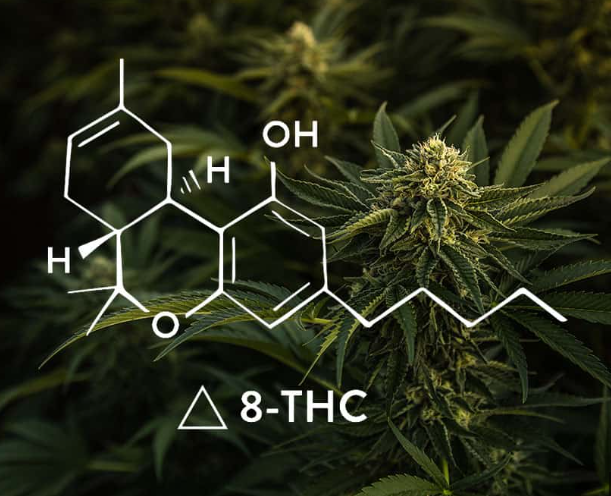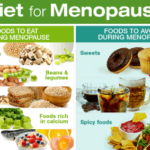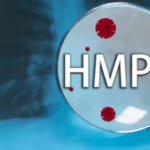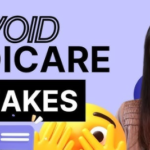They’re affordable and simple to purchase, and according to recent research, American youths are going crazy for them.( Delta-8-THC )
Products containing delta-8-THC, including vape pens and edibles, are allowed in 22 states plus Washington, D.C. They can be purchased online, at chain pharmacies, and at gas stations, with no federal minimum age limit. Teenagers are drawn to the products’ marketing because of this: According to the latest poll, 11.4% of the more than 2,000 12th graders in the United States had used delta-8-THC in the previous year. States without adult-use marijuana laws, as well as those in the South and Midwest, had considerably greater rates.
According to research author Alyssa Harlow of the University of Southern California (USC) Institute for Addiction Science, “the fact that we’re seeing more than 11% of youth using it is concerning, considering that delta-8-THC has only been on the market since 2018.” “It’s evidence that we should be paying attention to these products, particularly in areas where we saw an even higher prevalence,” she said in a release from USC. While delta-9-THC is obtained from the marijuana plant, delta-8-THC is typically derived from hemp and is not as strong. It can still, however, give consumers a high.
Also read– Johnsonville Recalls Sausage Because Of Rubber Bits
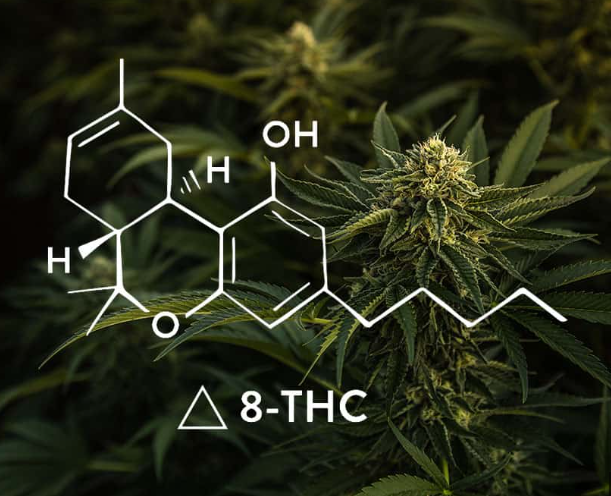
Scientists are worried that the molecule may have similar health concerns to delta-9-THC, the psychoactive ingredient in marijuana, due to its molecular similarities. They are especially concerned about consequences on behavior and brain development, addiction, and unintentional overdose. They also observed that there are no warning labels or ingredient lists, minimal precautions to prevent the presence of toxins and contaminants, and delta-8-THC isn’t regulated. Youth might be targeted by the items’ marketing.
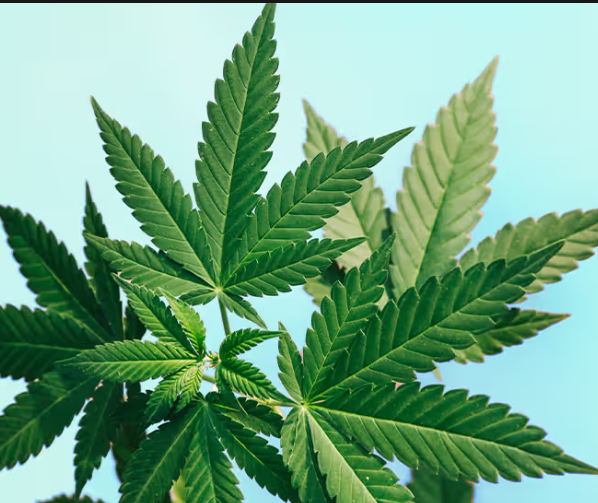
“We observe the same pattern repeatedly. Youth are the first to suffer when a new addictive medication enters the market and is marketed if public health safeguards are not in place, according to a USC news release from senior study author Adam Matthew Leventhal, executive director of the USC Institute for Addiction Science. “We saw this with nicotine e-cigarettes and should not let history repeat itself with delta-8-THC or the other hemp products.”
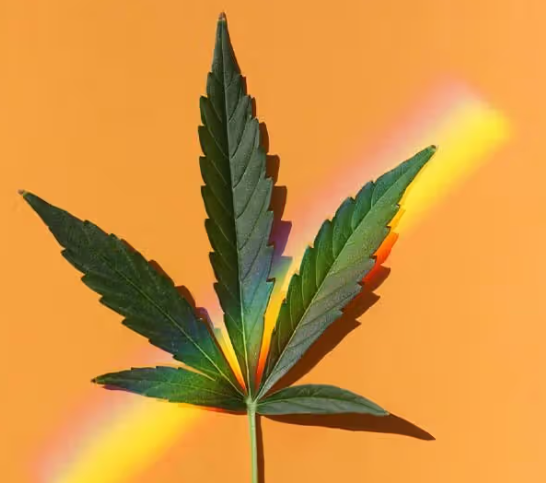
Until this new study, there had been no nationwide estimates of how common delta-8-THC use is, he noted. The new estimates come from the 2023 Monitoring the Future Survey, a classroom-based poll that tracks youth substance use. It includes students from every region of the country. Their answers are weighted to reflect the gender, race and parental education levels of the U.S. population.
Of the 12th graders surveyed:
- 11.4% reported using delta-8-THC in the past year. Of those, 35.4% used it 10 times or more
- 30.4% reported using marijuana
- 8% used delta-8-THC in states where adult marijuana use was legal, compared to 14% in states where it was banned
- 5.7% of youth used delta-8-THC in states that regulate it, compared to 14.4% in states without regulations
Rates of use varied by region. Five percent of youths in Western states used it, as did just over 10% in the Northeast; 14.3% in the South; and 14.6% in the Midwest. The results were released in the Journal of the American Medical Association on March 12.
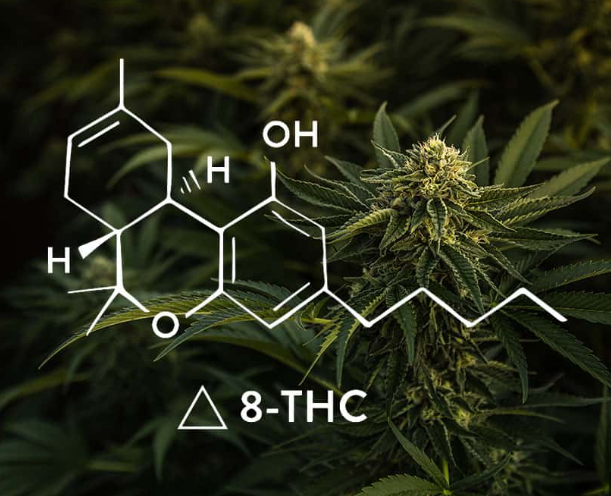
According to Harlow, the results offer preliminary proof that controlling delta-8-THC may reduce juvenile consumption. She proposed a number of restrictions, such as mandatory product testing for pollutants, minimum purchasing ages, packaging and labeling regulations, and restrictions on where the product can be marketed.

The study on delta-8-THC consumption was referred to as “an initial pulse check” by the researchers, who also noted that further research is required. The National Institute on Drug Abuse’s (NIDA) head, Dr. Nora Volkow, concurred. She stated in an NIDA news release, “We don’t know enough about these drugs, but we see that they are already extremely accessible to teens.”
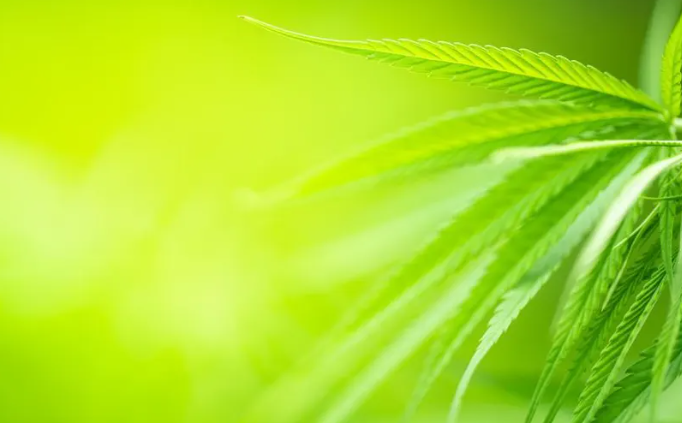
“Cannabis use in general has been associated with negative impacts on the adolescent brain, so we must pay attention to the kinds of cannabis products teens are using, educate young people about potential risks and ensure that treatment for cannabis use disorder and adequate mental health care are provided to those who need it,” Volkow said.

Also read: Cases Of Measles In The Chicago Migrant Shelter Outbreak Reach Four
images source: Google
Disclaimer: The opinions and suggestions expressed in this article are solely those of the individual analysts. These are not the opinions of HNN. For more, please consult with your doctor







